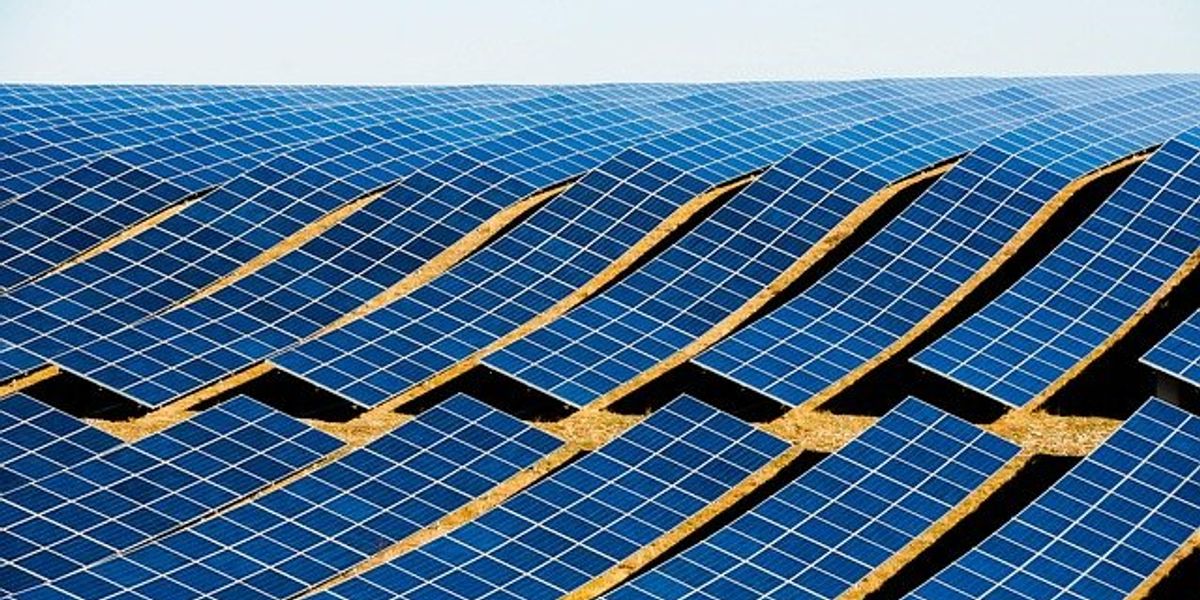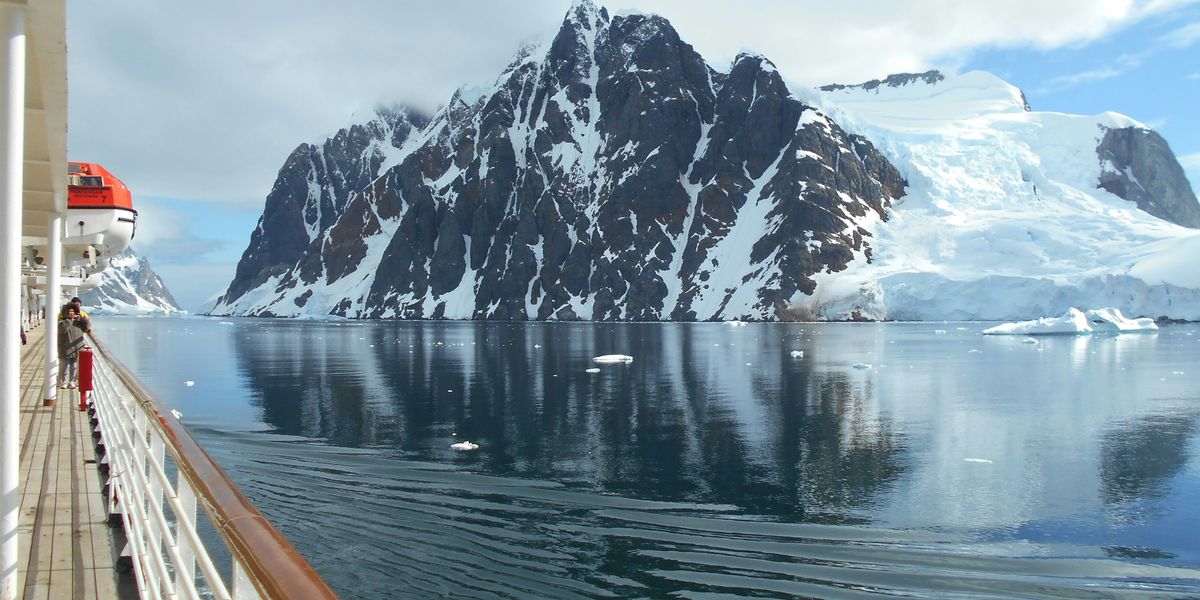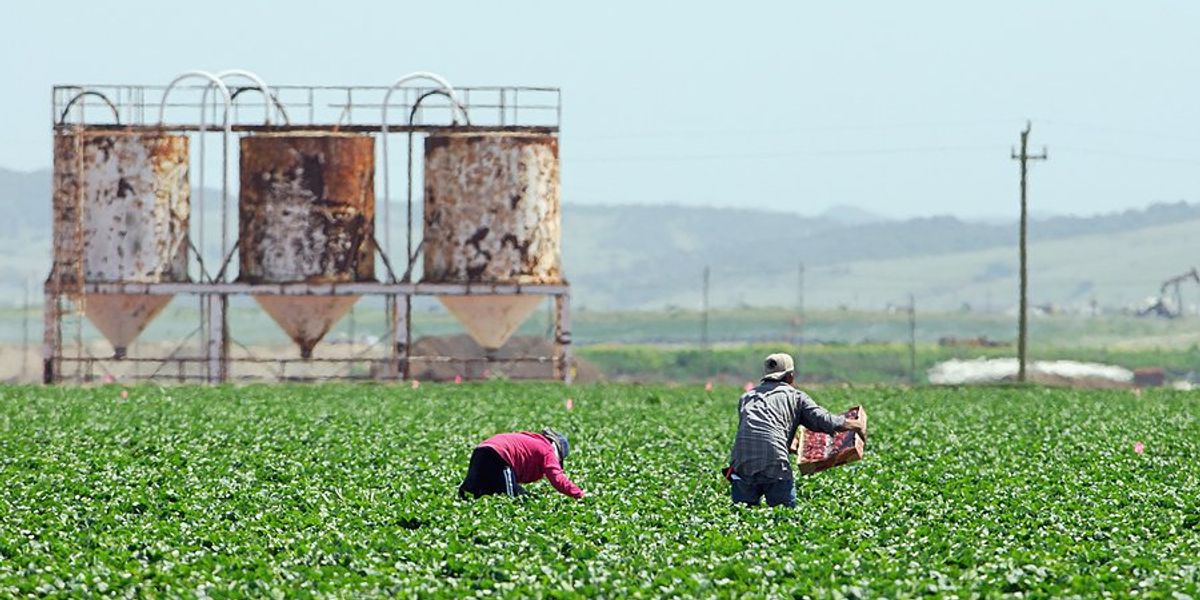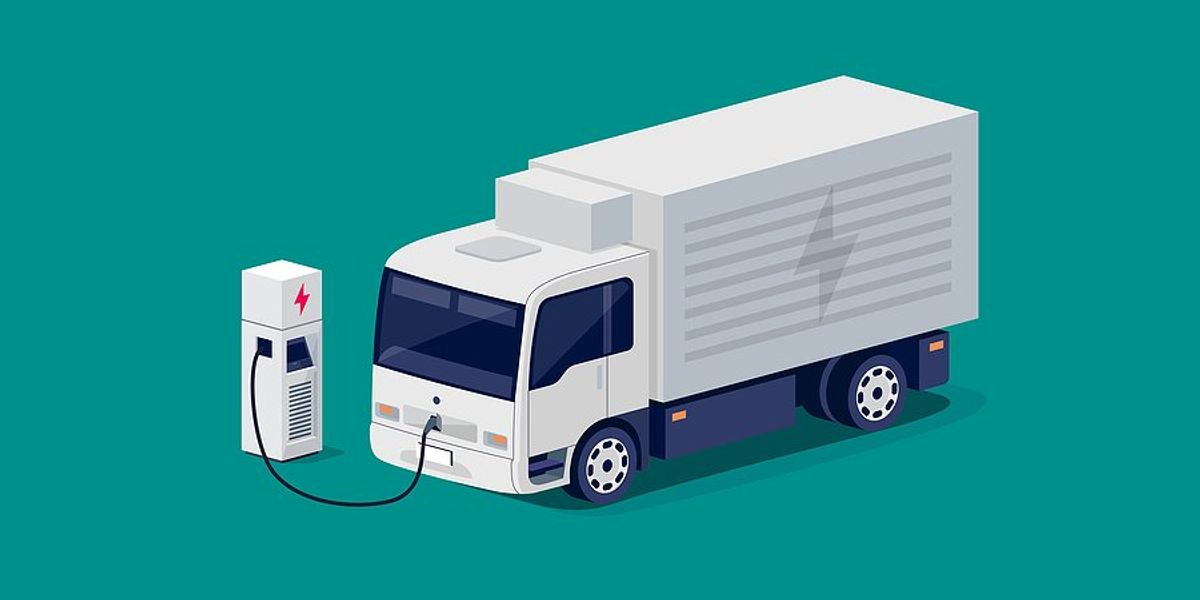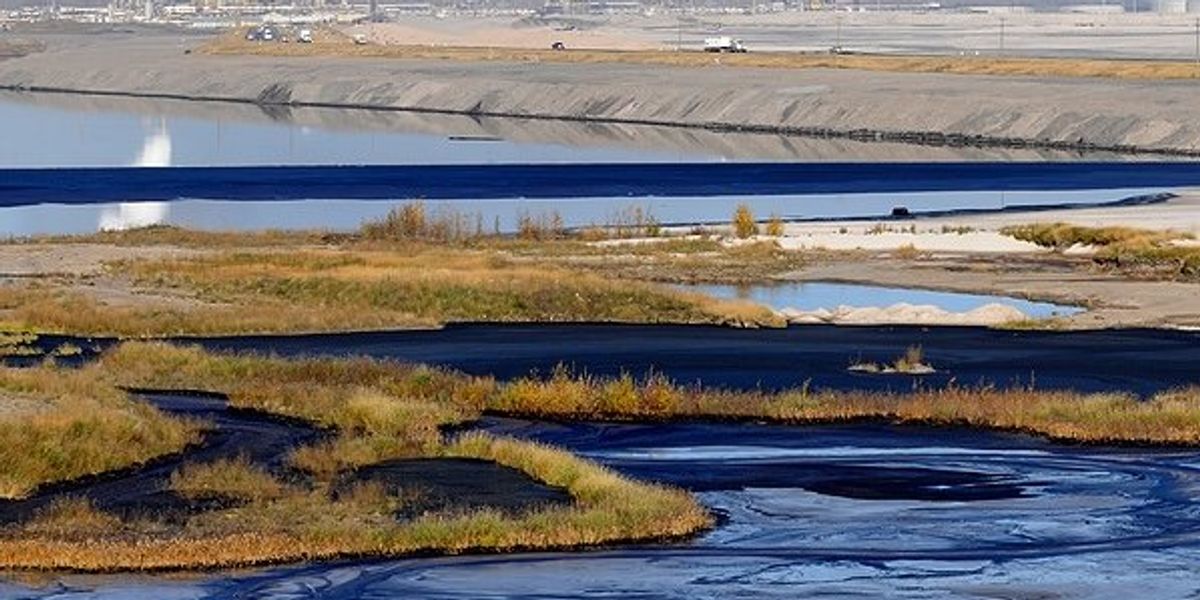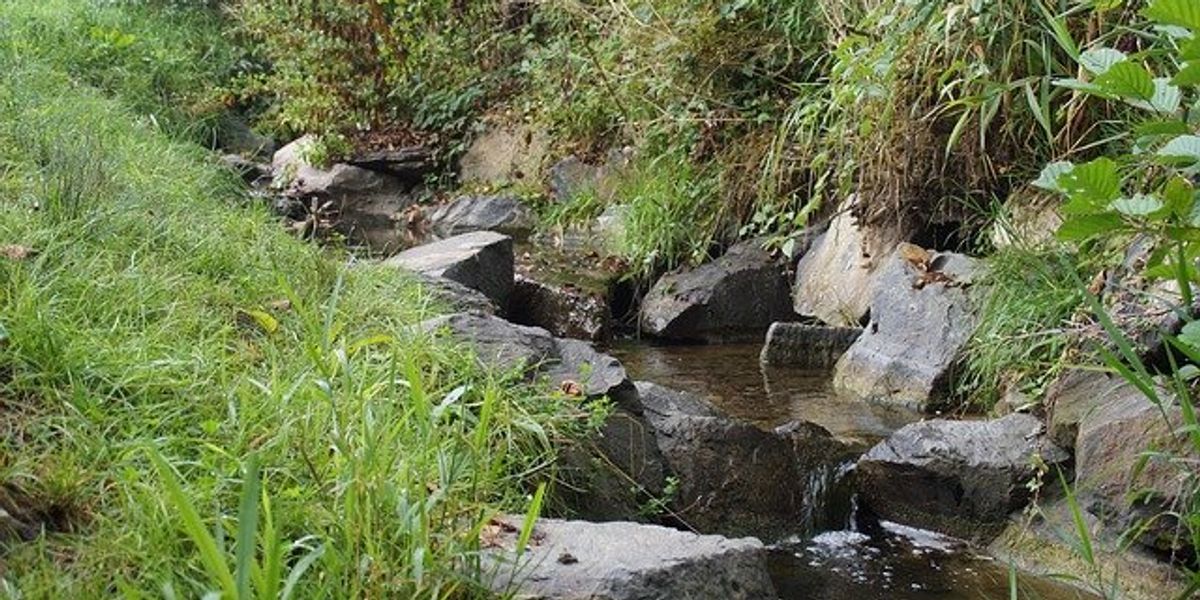
Texas challenges nuclear waste storage site at Supreme Court
Texas asked the U.S. Supreme Court to block a planned nuclear waste storage site near its border with New Mexico, arguing that the federal government is unfairly shifting long-term responsibility for the waste onto the state.
Maureen Groppe reports for USA Today.
In short:
- Texas contends the Nuclear Regulatory Commission (NRC) lacks authority to approve a facility storing 5,000 metric tons of spent nuclear fuel, calling it a de facto permanent site.
- The federal government says Texas misinterprets the law, arguing that off-site storage has been allowed for decades and is necessary as nuclear waste piles up.
- Justices questioned how "temporary" the facility would be, with some noting Congress has failed to create a permanent solution as required by a 1982 law.
Key quote:
“If New Mexico and Texas are left holding the bag, every other state will be happy. They will be pleased because this waste will stay in Texas forever.”
— Aaron Nielson, Texas solicitor general
Why this matters:
For decades, the United States has wrestled with a problem that grows by the day: what to do with its nuclear waste. More than 90,000 metric tons of high-level radioactive waste — primarily spent fuel from commercial nuclear reactors — sits in temporary storage at sites across the country. Without a permanent repository, these materials remain vulnerable to security threats, climate-related disasters, and long-term environmental risks.
State and federal authorities remain at odds over who should have the final say in waste disposal. While the federal government is responsible for managing nuclear waste, states have repeatedly exercised their power to block unwanted projects. Meanwhile, scientists warn that delaying a permanent solution only increases the risks, as aging storage casks deteriorate and the volume of radioactive waste continues to grow.

